Home>Technology>Security & Surveillance>How To Pick A Lock On A Front Door
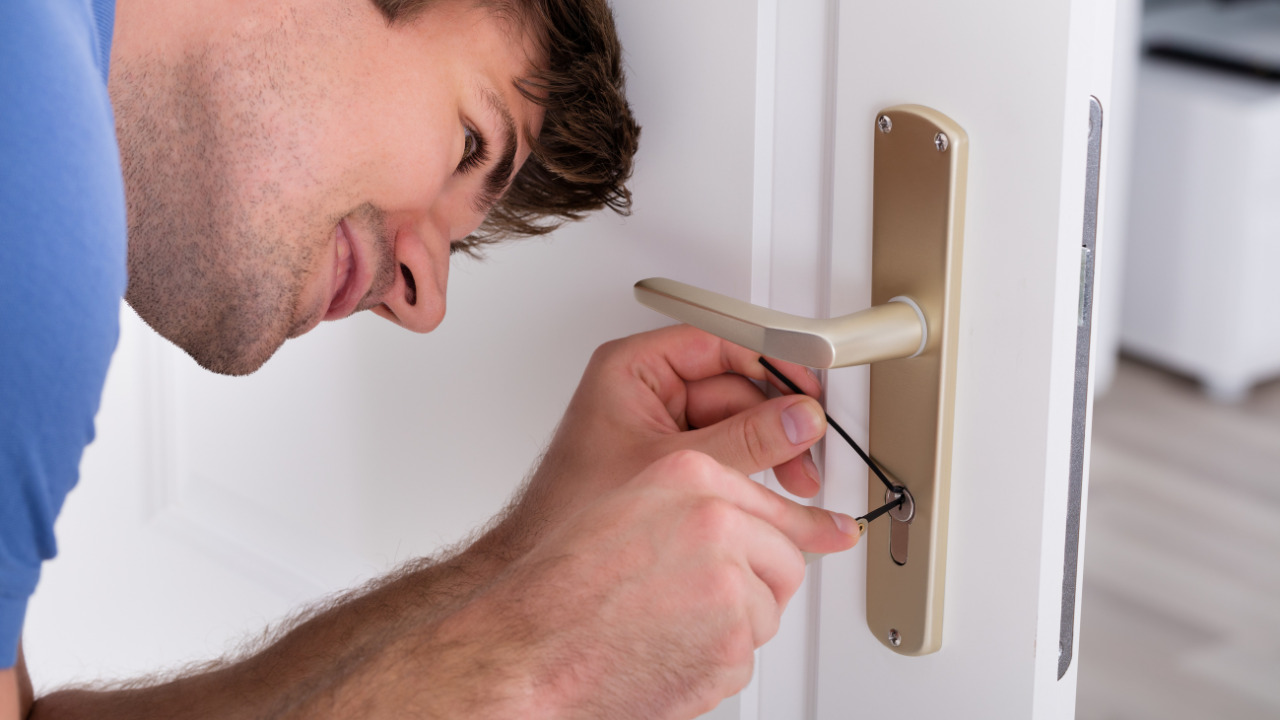

Security & Surveillance
How To Pick A Lock On A Front Door
Modified: January 5, 2024
Learn the essential skills to pick a lock on a front door for security and surveillance purposes. Follow our step-by-step guide to improve your home security.
(Many of the links in this article redirect to a specific reviewed product. Your purchase of these products through affiliate links helps to generate commission for Storables.com, at no extra cost. Learn more)
Introduction
Welcome to the intriguing world of lock picking! Whether you're a curious homeowner seeking to bolster your security knowledge or an enthusiast delving into the art of locksmithing, understanding the fundamentals of picking a front door lock can be both enlightening and empowering. While the skill of lock picking has long been associated with clandestine activities in movies and literature, it's important to recognize that it can also serve as a practical and educational pursuit.
In this comprehensive guide, we will explore the essential aspects of picking a lock on a front door, shedding light on the mechanisms behind this everyday security feature and demystifying the process of bypassing it. By gaining insight into the inner workings of locks and learning the techniques involved in their manipulation, you'll not only cultivate a valuable skill set but also develop a deeper appreciation for the craftsmanship behind these mechanisms.
Moreover, it's crucial to approach this subject with a strong emphasis on ethical considerations. While lock picking can be a legitimate practice in certain contexts, such as locksmith training and emergency situations, it should always be conducted responsibly and lawfully. Throughout this guide, we will underscore the legal and ethical aspects of lock picking, ensuring that you approach this knowledge with the utmost respect for privacy and security.
Join us as we embark on a journey through the intricacies of lock picking, equipping you with the knowledge and insights needed to navigate this captivating domain with integrity and proficiency. Let's delve into the fascinating realm of front door lock picking and unravel the secrets behind this timeless craft.
Key Takeaways:
- Understanding the Basics of Locks
Lock picking involves understanding the inner workings of locks, including pins and tension. It’s like solving a puzzle to open a door, but it’s important to do it ethically and responsibly. - Legal and Ethical Considerations
Lock picking is a skill that should be used responsibly and lawfully. It’s important to respect privacy and security, and to always consider the legal and ethical implications of practicing this skill.
Read more: How To Pick A Door Lock
Understanding the Basics of Locks
Before delving into the art of lock picking, it’s essential to grasp the fundamental components and mechanisms that constitute a typical front door lock. Understanding these elements will not only facilitate the process of picking a lock but also provide valuable insights into the principles of security and surveillance.
Front door locks commonly feature a cylinder lock mechanism, which comprises several integral parts. The keyway, or keyhole, serves as the entry point for the key and is connected to a series of pins within the lock. These pins are of varying lengths and are precisely calibrated to align with the corresponding cuts on the key. When the correct key is inserted into the keyway, the pins align at the shear line, allowing the lock to rotate and the door to open.
Additionally, many front door locks incorporate security pins, such as spool and serrated pins, to enhance their resistance to picking attempts. These security pins are designed to impede the straightforward manipulation of standard pins, adding an extra layer of complexity to the lock picking process.
Furthermore, it’s crucial to recognize the significance of tension in lock picking. Tension, also known as torque or turning force, is applied to the lock cylinder using a tension wrench. This subtle pressure is pivotal in creating a binding effect on the pins, enabling the picker to manipulate them into the correct position.
By comprehending the intricate interplay of these components, aspiring lock pickers can develop a profound understanding of the inner workings of locks. This knowledge forms the cornerstone of effective lock picking, empowering individuals to navigate through the complexities of various lock mechanisms with precision and dexterity.
As we continue our exploration, we will delve deeper into the tools and techniques essential for successful lock picking, equipping you with the expertise needed to navigate the world of front door locks with confidence and proficiency.
Tools Needed for Lock Picking
Embarking on the journey of lock picking necessitates the acquisition of specialized tools designed to manipulate the intricate components of a lock. These tools are meticulously crafted to facilitate the precise and delicate process of picking a lock, enabling practitioners to navigate through the internal mechanisms with finesse and accuracy.
One of the most fundamental tools in a lock picker’s arsenal is the tension wrench, also referred to as a torque wrench. This slender and adaptable instrument is employed to apply rotational force to the lock cylinder, creating the necessary tension to immobilize the pins and facilitate their manipulation. The tension wrench is available in various shapes and sizes to accommodate different lock designs and configurations.
Accompanying the tension wrench is the lock pick, a slender and agile implement designed to maneuver the individual pins within the lock cylinder. Lock picks come in a diverse array of forms, including hook picks, diamond picks, and rake picks, each tailored to address specific lock types and pin configurations. These picks are meticulously crafted to navigate the internal components of the lock with precision and finesse, allowing the practitioner to manipulate the pins and align them at the shear line.
Furthermore, supplementary tools such as a key extractor and a plug spinner may prove invaluable in certain lock picking scenarios. A key extractor is utilized to retrieve broken or stuck keys from the lock cylinder, while a plug spinner facilitates the swift rotation of the lock plug after the pins have been manipulated into the correct position, thereby opening the lock.
It’s imperative to underscore the significance of acquiring high-quality, professional-grade lock picking tools. Investing in reputable tools crafted from durable materials ensures reliability and precision during the lock picking process, contributing to a smoother and more effective experience for the practitioner.
As we venture into the practical realm of lock picking, it’s essential to approach the selection and utilization of these tools with a strong emphasis on ethical considerations. Lock picking should be conducted responsibly and lawfully, with a deep respect for privacy and security. By embracing these principles, aspiring lock pickers can harness the art of lock picking as a legitimate pursuit while upholding the integrity of this time-honored craft.
Use a tension wrench and a pick tool to apply pressure and manipulate the pins inside the lock. Start with light pressure and gradually increase as you feel the pins set. Keep practicing to improve your technique.
Step-by-Step Guide to Picking a Front Door Lock
Embarking on the endeavor of picking a front door lock requires a methodical approach and a keen understanding of the lock’s components and mechanisms. While the process may seem intricate, mastering the art of lock picking is an attainable skill with dedicated practice and a meticulous methodology.
Before commencing the lock picking process, it’s crucial to ascertain the type of lock in question and select the appropriate tools for the task. Familiarize yourself with the lock’s design and consider its potential security features, such as security pins, as this knowledge will inform your approach to picking the lock.
Begin by inserting the tension wrench into the lower part of the keyway, applying slight rotational pressure in the direction that the key would turn to unlock the door. This tension creates a binding effect on the pins, immobilizing them at the shear line and preparing them for manipulation.
Next, carefully insert the lock pick into the keyway, positioning it beneath the pins. Gently lift each pin with the pick while maintaining consistent tension with the wrench. As you lift the pins, pay close attention to any subtle clicks or movements, as these indications signify the successful alignment of the pins at the shear line.
Continue manipulating the pins in a systematic manner, gradually progressing through each pin until all pins have reached the shear line, allowing the lock plug to rotate freely. As the pins align and the plug begins to turn, maintain steady tension with the wrench to facilitate the smooth and controlled opening of the lock.
It’s important to approach the process of lock picking with patience and precision, as rushing or applying excessive force can impede progress and potentially damage the lock. By exercising deliberate and methodical movements, practitioners can navigate through the intricacies of the lock’s internal components with finesse and accuracy.
Throughout the entire process, remain attuned to the feedback from the lock, such as subtle clicks or changes in resistance, as these cues can guide your manipulation of the pins and inform your adjustments to the tension wrench. This attentive and responsive approach is integral to successful lock picking.
As you master the art of picking a front door lock, remember to approach this skill with the utmost responsibility and ethical consciousness. Lock picking should be conducted lawfully and with a deep respect for privacy and security, ensuring that this knowledge is wielded with integrity and prudence.
Legal and Ethical Considerations
As we delve into the captivating realm of lock picking, it’s paramount to underscore the legal and ethical considerations that underpin this practice. While lock picking can serve as a legitimate pursuit in contexts such as locksmith training, emergency situations, and security assessment, it is imperative to approach this skill with the utmost responsibility and integrity.
First and foremost, it’s essential to recognize that the act of picking a lock without proper authorization may constitute a violation of the law. In many jurisdictions, unauthorized entry or tampering with locks is deemed unlawful and can result in severe legal repercussions. As such, it is crucial to exercise discernment and ensure that lock picking is conducted within the boundaries of the law.
Moreover, ethical considerations play a pivotal role in the practice of lock picking. Practitioners must uphold a profound respect for privacy, security, and the integrity of locks and their intended purpose. Lock picking should never be utilized for illicit or malicious endeavors, and practitioners should refrain from engaging in activities that compromise the safety and well-being of others.
When honing the skill of lock picking, aspiring practitioners should prioritize education, training, and ethical awareness. Seeking guidance from reputable sources, such as certified locksmiths and security professionals, can provide invaluable insights into the responsible and lawful practice of lock picking. Additionally, familiarizing oneself with local laws and regulations pertaining to lock picking is essential in ensuring compliance and ethical conduct.
It is also crucial to emphasize the ethical implications of sharing knowledge about lock picking. While the dissemination of information can foster learning and awareness, it is imperative to exercise discretion and refrain from imparting this knowledge to individuals who may exploit it for illicit purposes. By approaching the sharing of lock picking knowledge with prudence and ethical discernment, practitioners can contribute to the responsible and ethical cultivation of this skill.
Ultimately, the art of lock picking should be embraced as a discipline that upholds ethical standards, legal compliance, and a profound respect for security and privacy. By adhering to these principles, practitioners can harness the knowledge of lock picking as a tool for education, problem-solving, and legitimate security-related endeavors, ensuring that this captivating skill is wielded with integrity and conscientiousness.
Read more: How To Pick A RV Door Lock
Conclusion
As we draw the curtains on our exploration of picking a lock on a front door, it’s evident that this age-old practice encompasses a blend of artistry, precision, and ethical consciousness. The journey through the intricacies of front door lock picking has unveiled the captivating interplay of mechanical components, the delicate dance of tension and manipulation, and the ethical considerations that underpin this skill.
By understanding the fundamental components and mechanisms of locks, practitioners gain a profound appreciation for the craftsmanship and complexity inherent in these everyday security features. The tools of the trade, meticulously designed to navigate the inner workings of locks with finesse and accuracy, serve as indispensable companions in the pursuit of mastering the art of lock picking.
Our step-by-step guide has illuminated the methodical approach and attentive responsiveness required to deftly manipulate the pins within a lock, culminating in the controlled and precise opening of the lock. This process underscores the importance of patience, precision, and ethical consciousness, ensuring that the practice of lock picking is conducted with the utmost responsibility and integrity.
Throughout our journey, we have emphasized the legal and ethical considerations that form the bedrock of responsible lock picking. Upholding the principles of legality, ethical awareness, and a deep respect for security and privacy is paramount in ensuring that the knowledge and practice of lock picking are wielded with integrity and conscientiousness.
As we part ways, let us carry forth this knowledge with a profound sense of responsibility and ethical consciousness. Whether pursuing locksmith training, engaging in security assessment, or simply seeking to expand one’s understanding of locks and security, let us approach the art of lock picking with a steadfast commitment to legality, ethics, and the preservation of privacy and security.
May this journey through the captivating world of lock picking serve as a testament to the harmonious coalescence of skill, knowledge, and ethical integrity. Let us continue to explore and cultivate this timeless craft with reverence, ensuring that the art of lock picking remains a bastion of lawful, ethical, and conscientious practice.
Frequently Asked Questions about How To Pick A Lock On A Front Door
Was this page helpful?
At Storables.com, we guarantee accurate and reliable information. Our content, validated by Expert Board Contributors, is crafted following stringent Editorial Policies. We're committed to providing you with well-researched, expert-backed insights for all your informational needs.
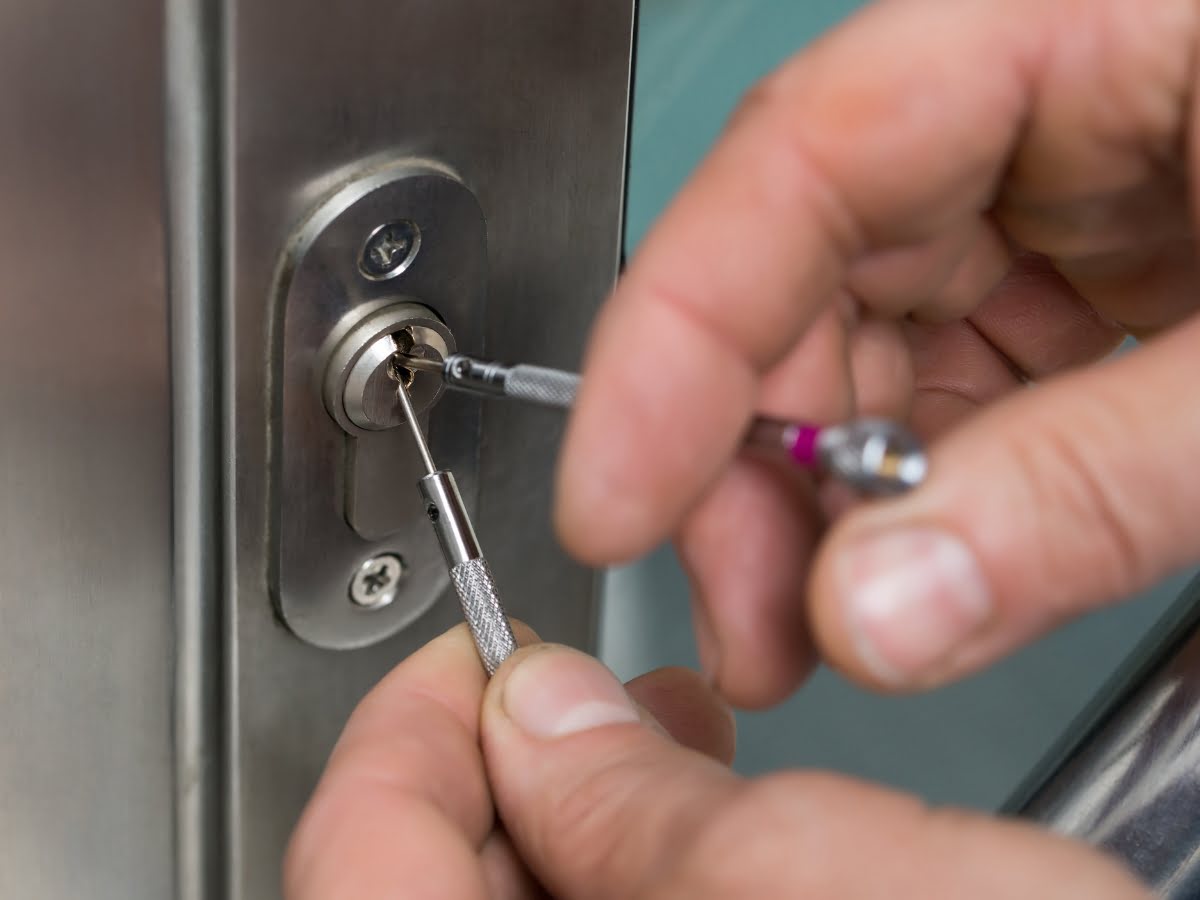
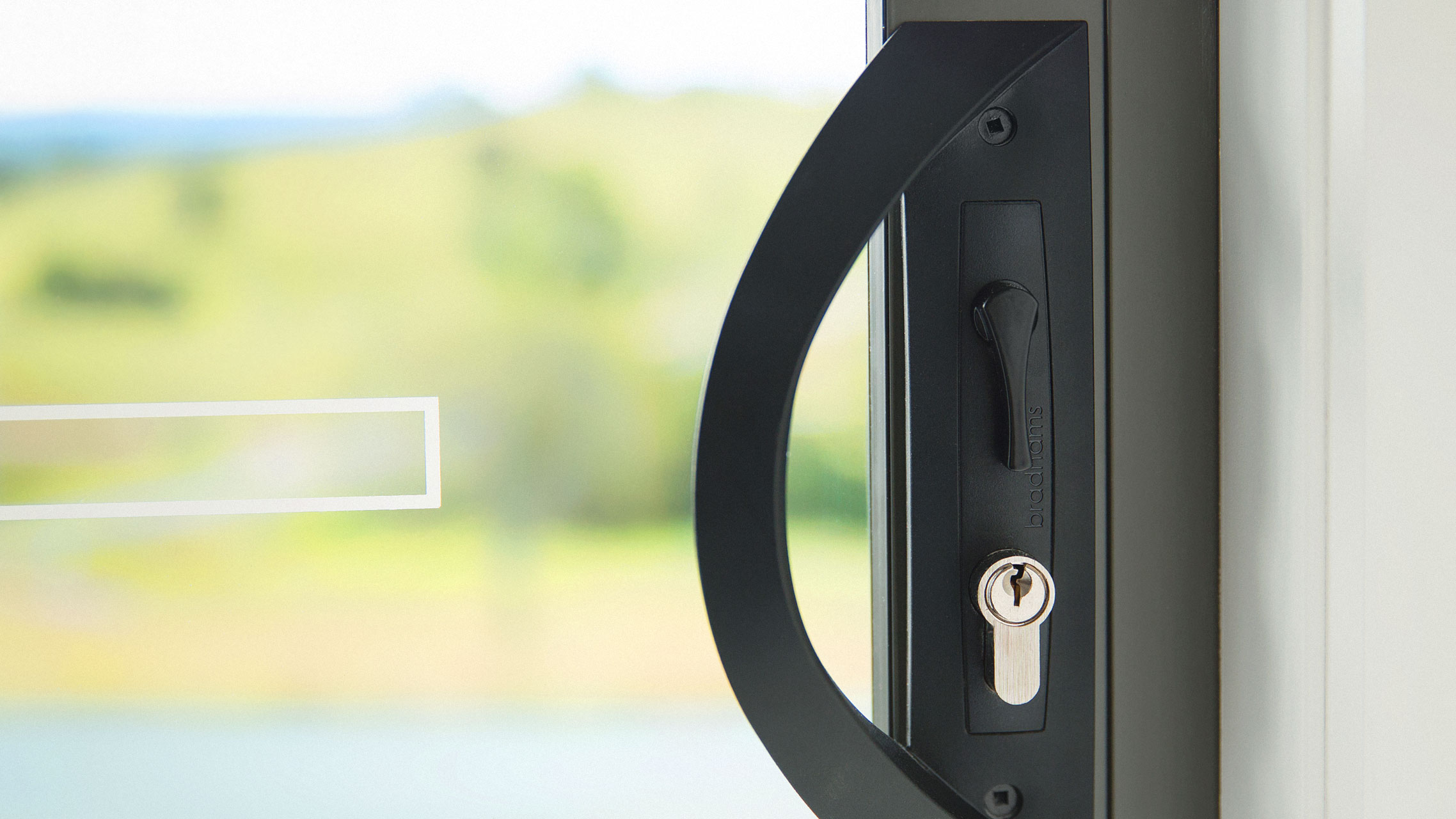
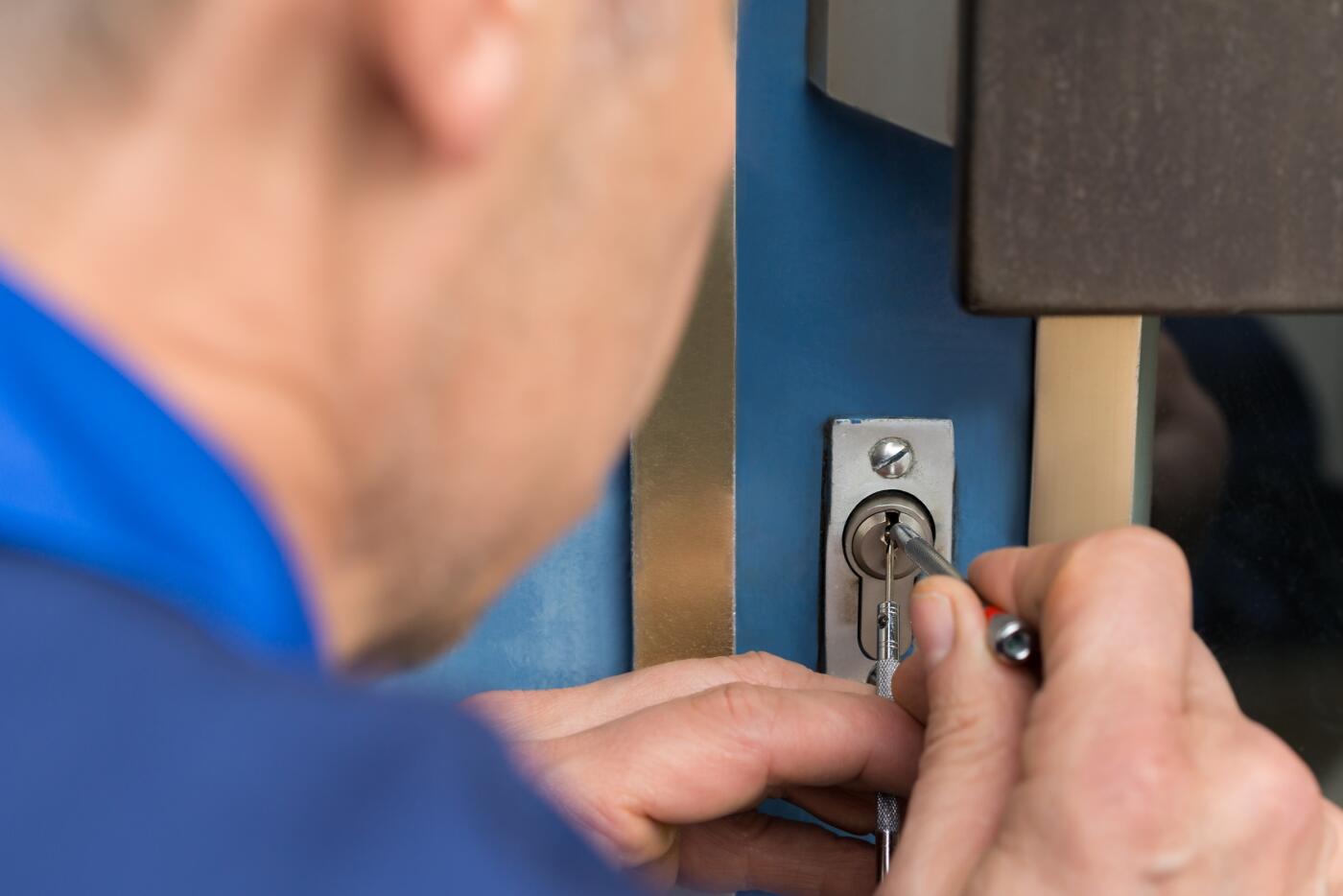
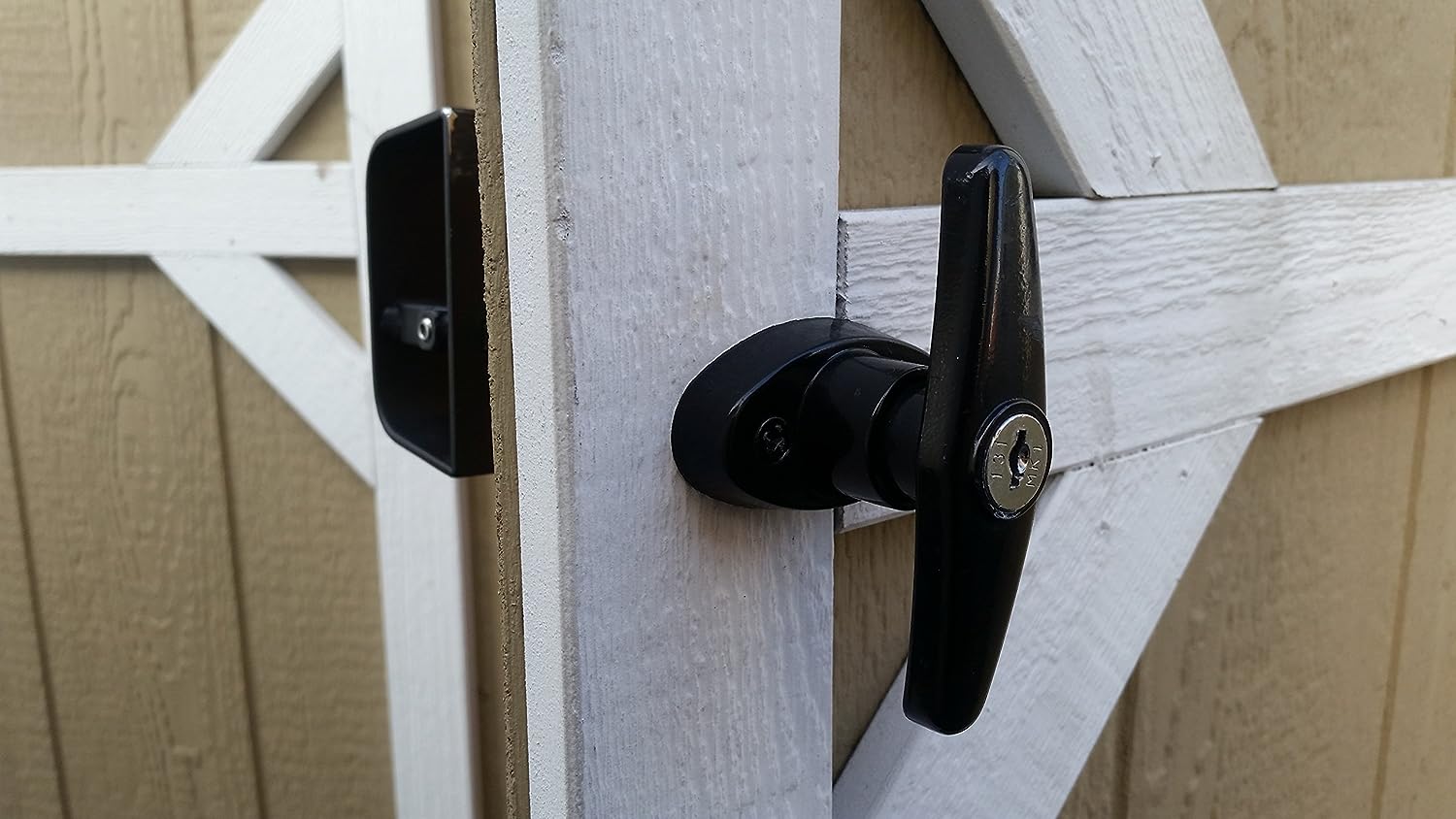
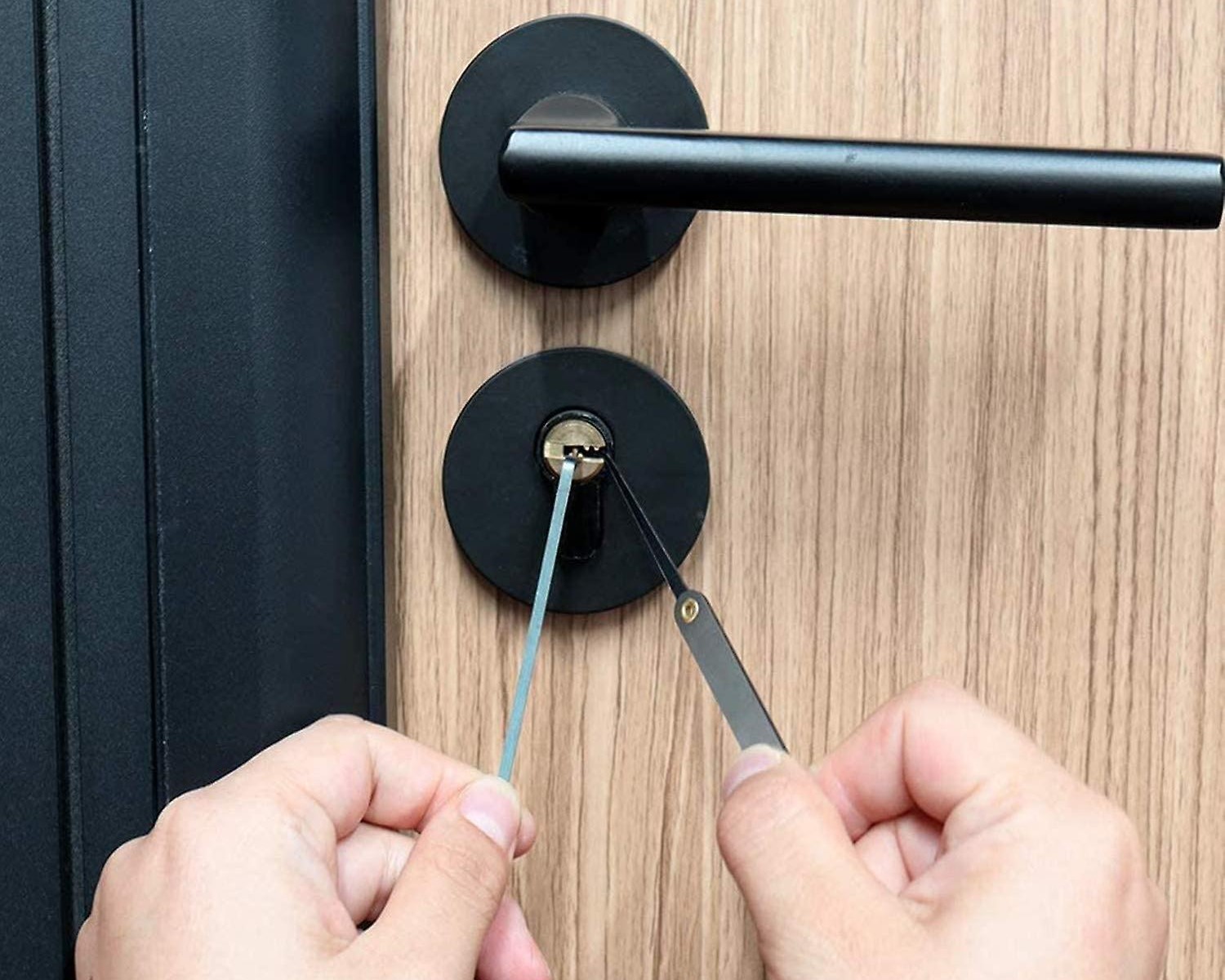
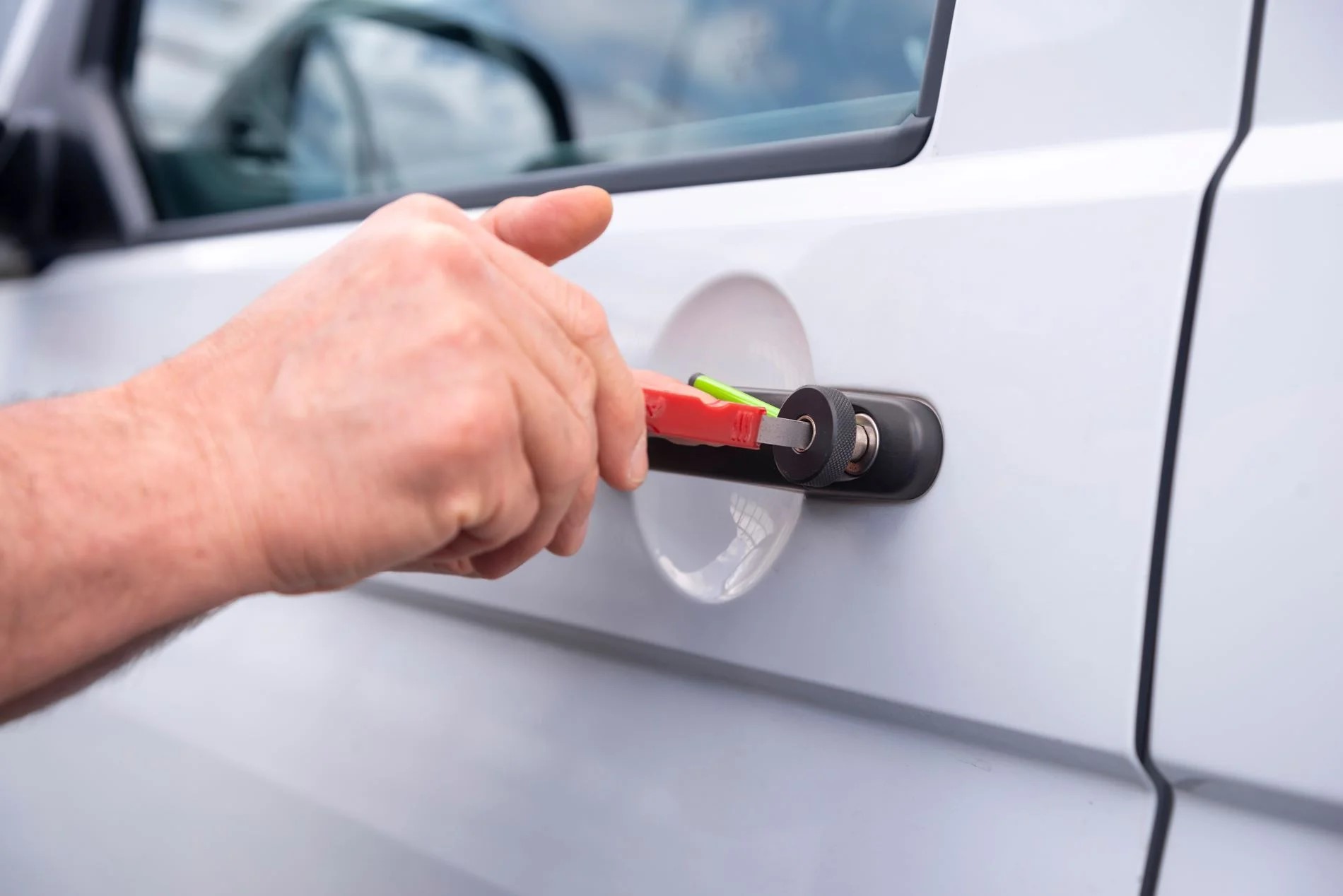
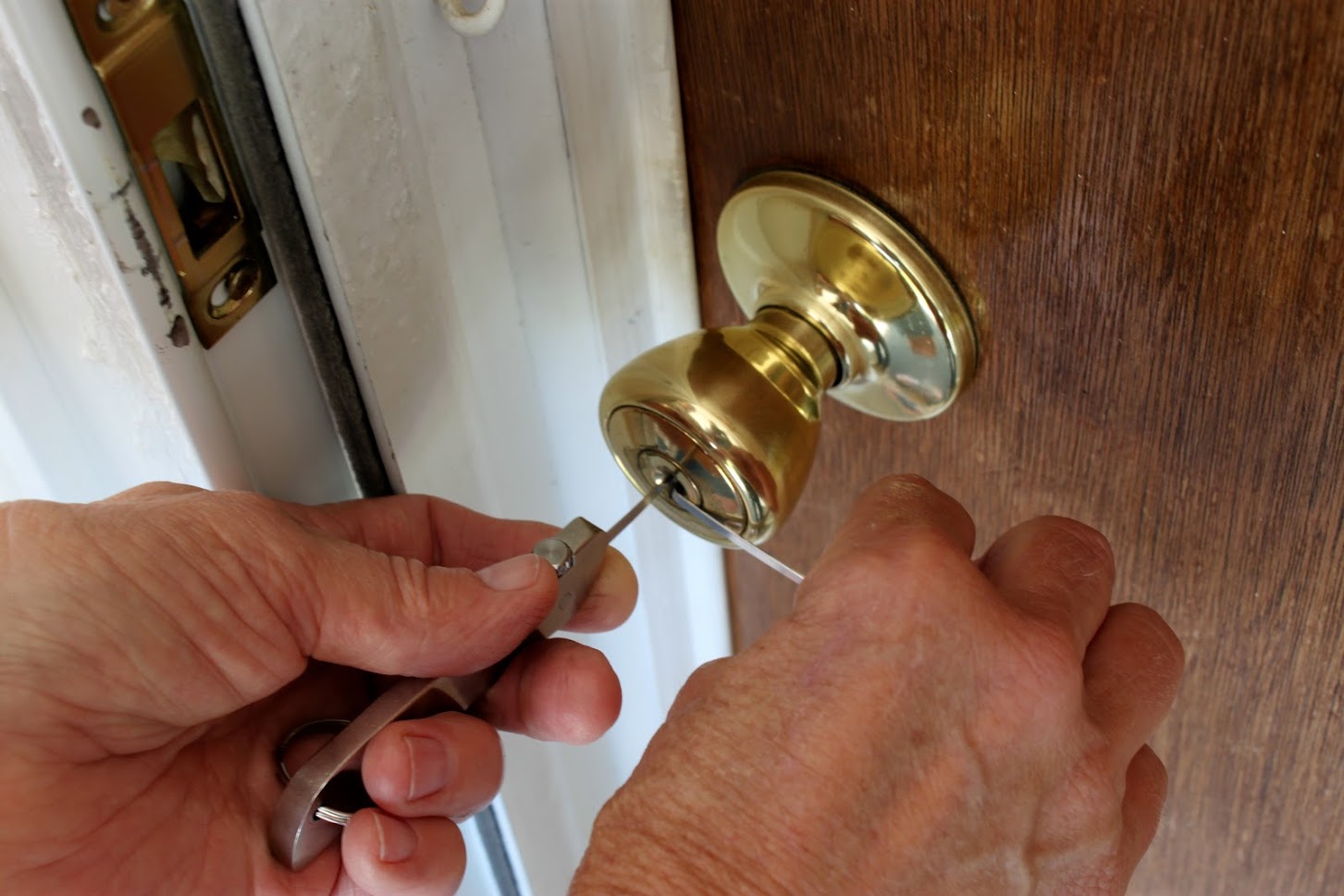
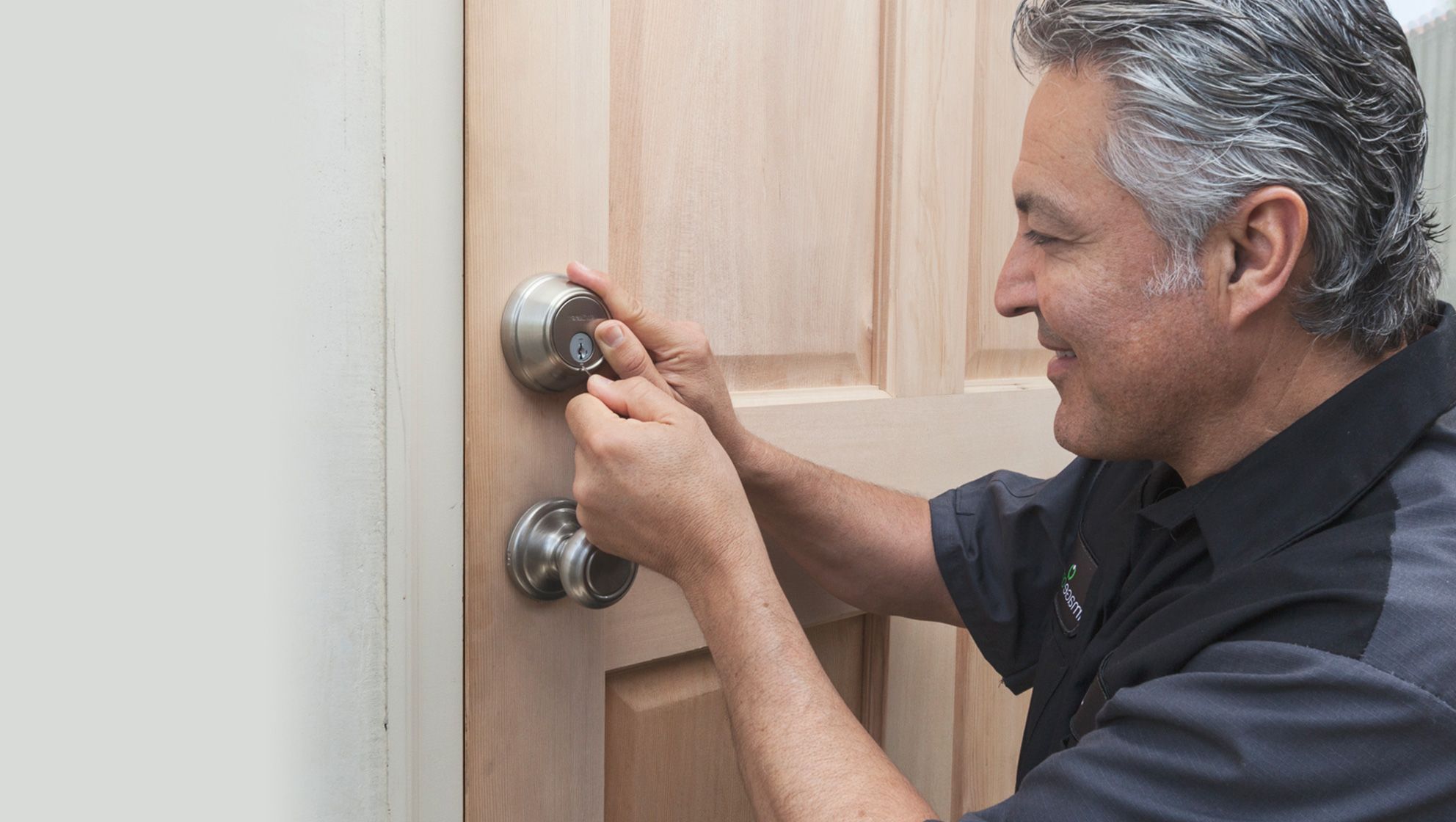
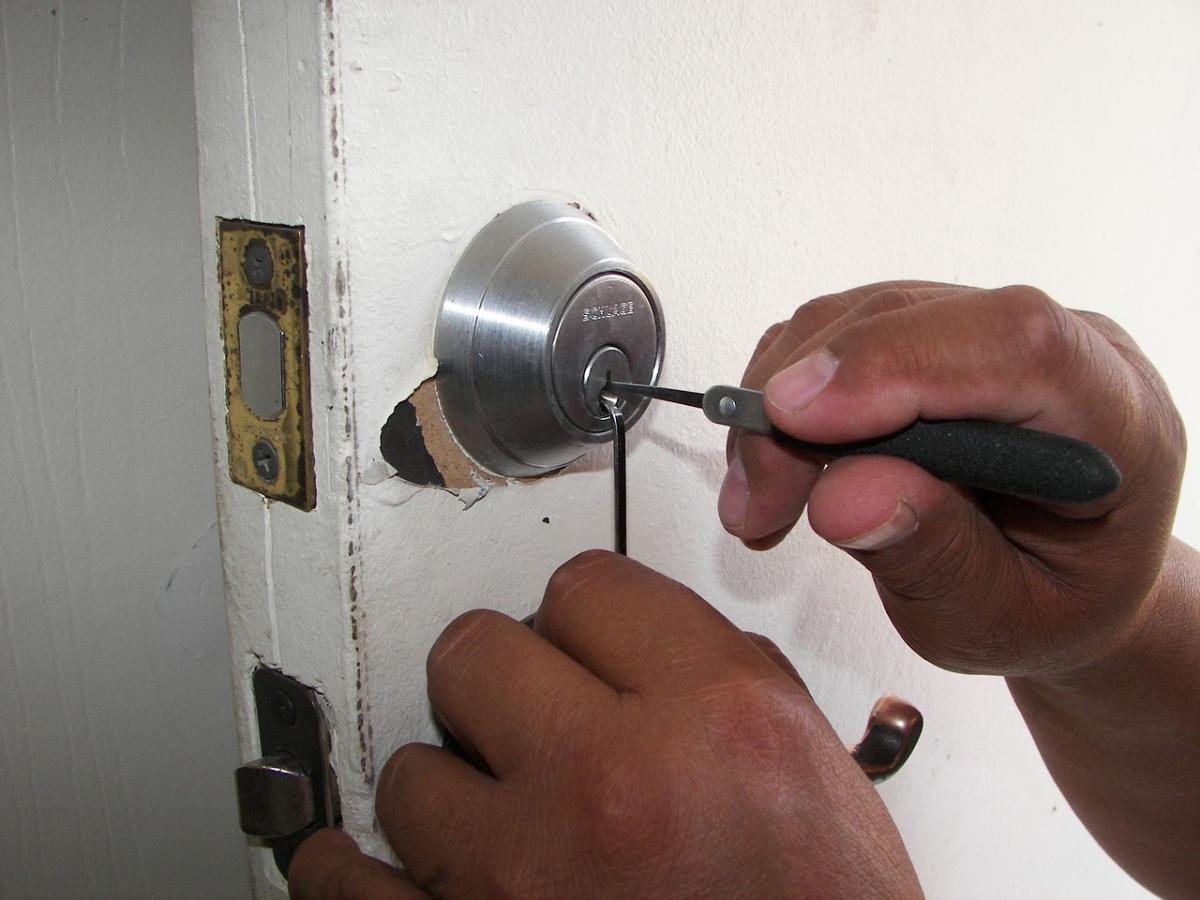
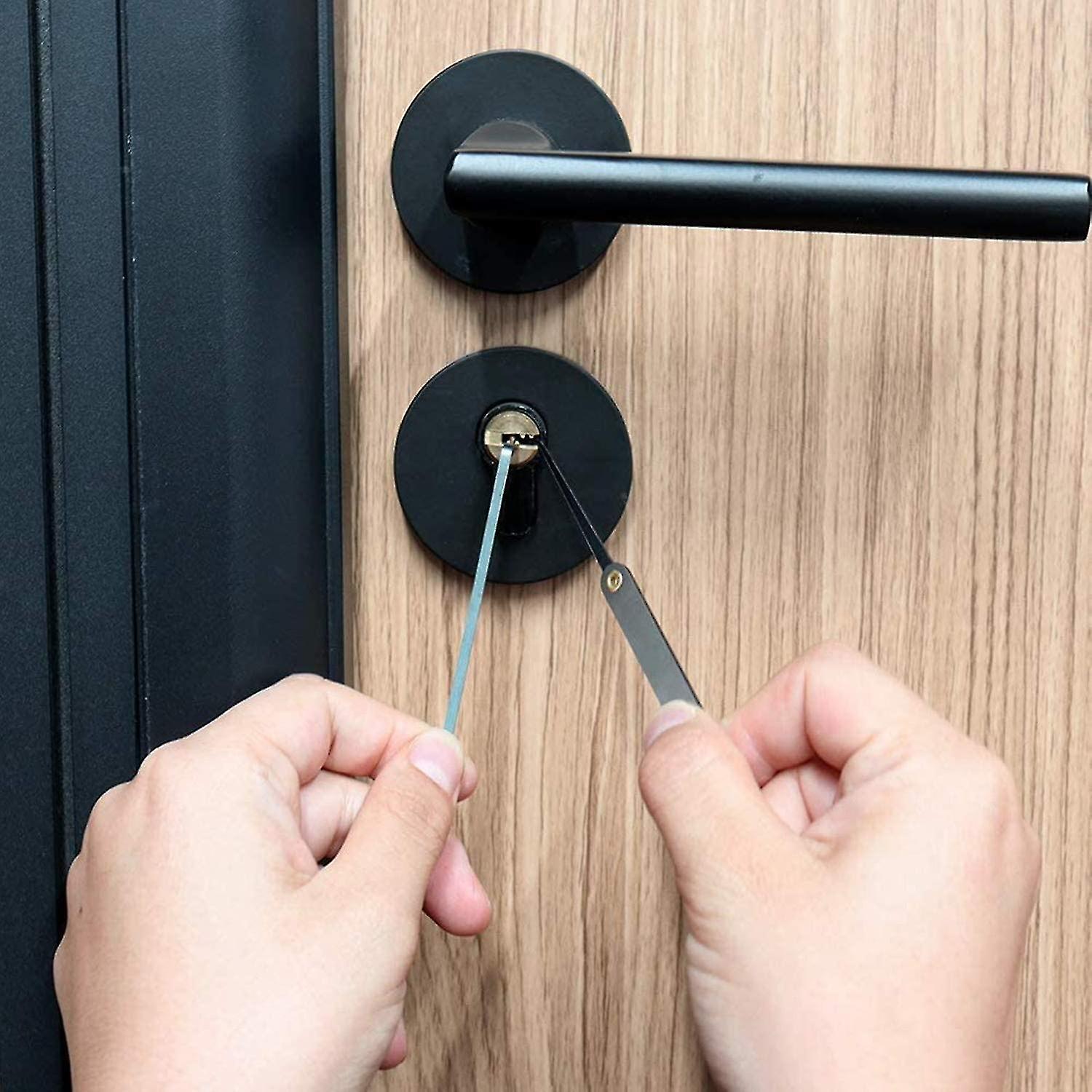
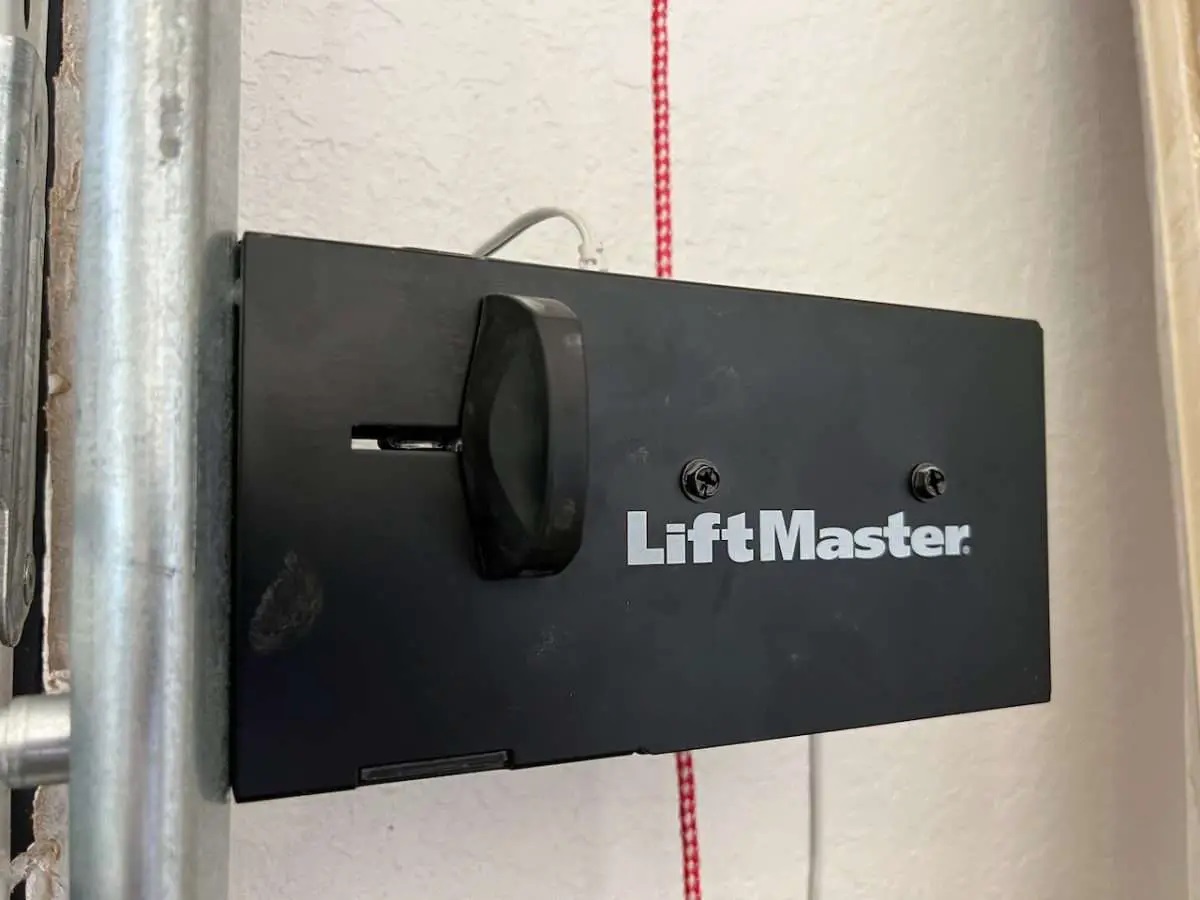
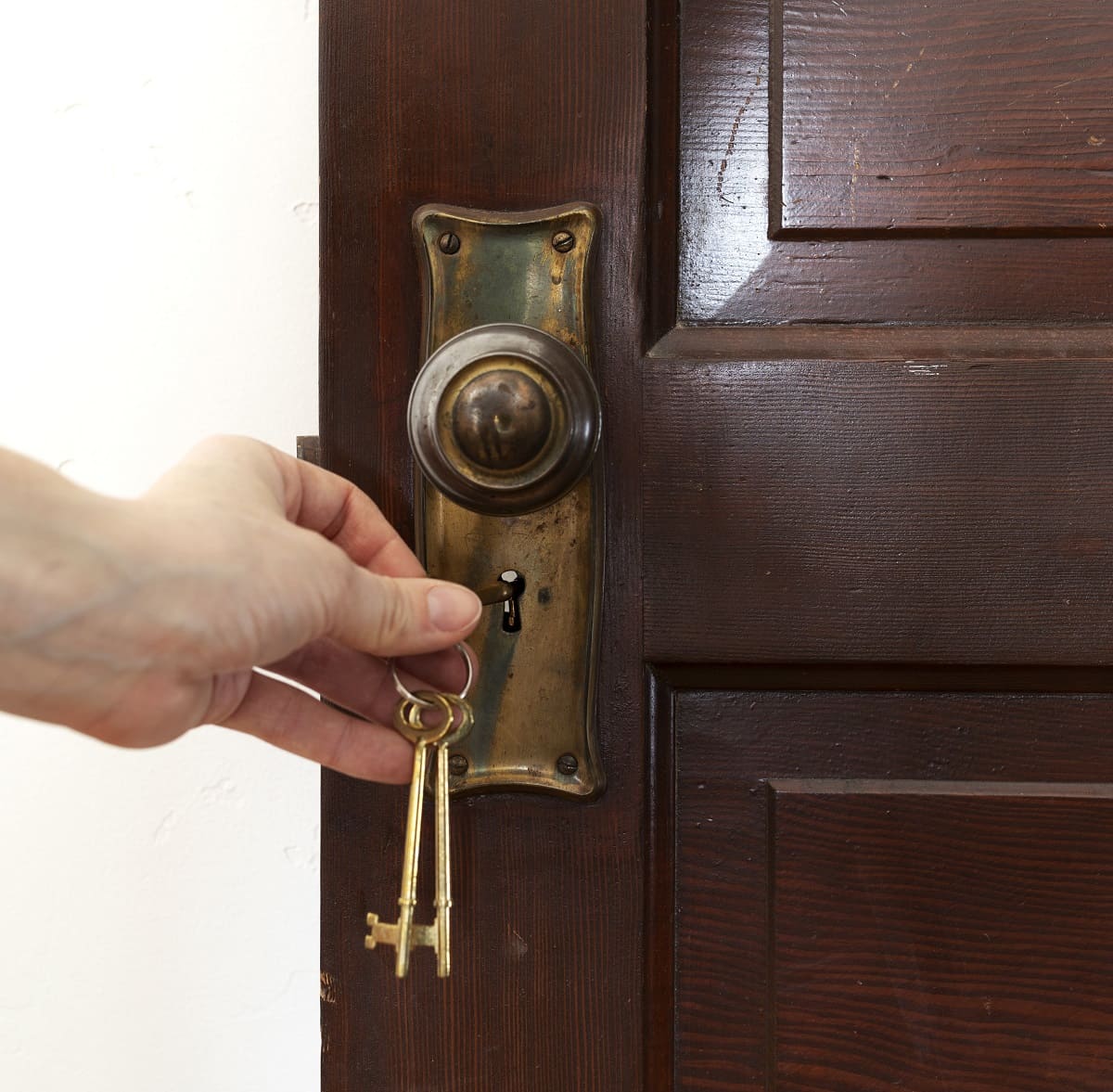
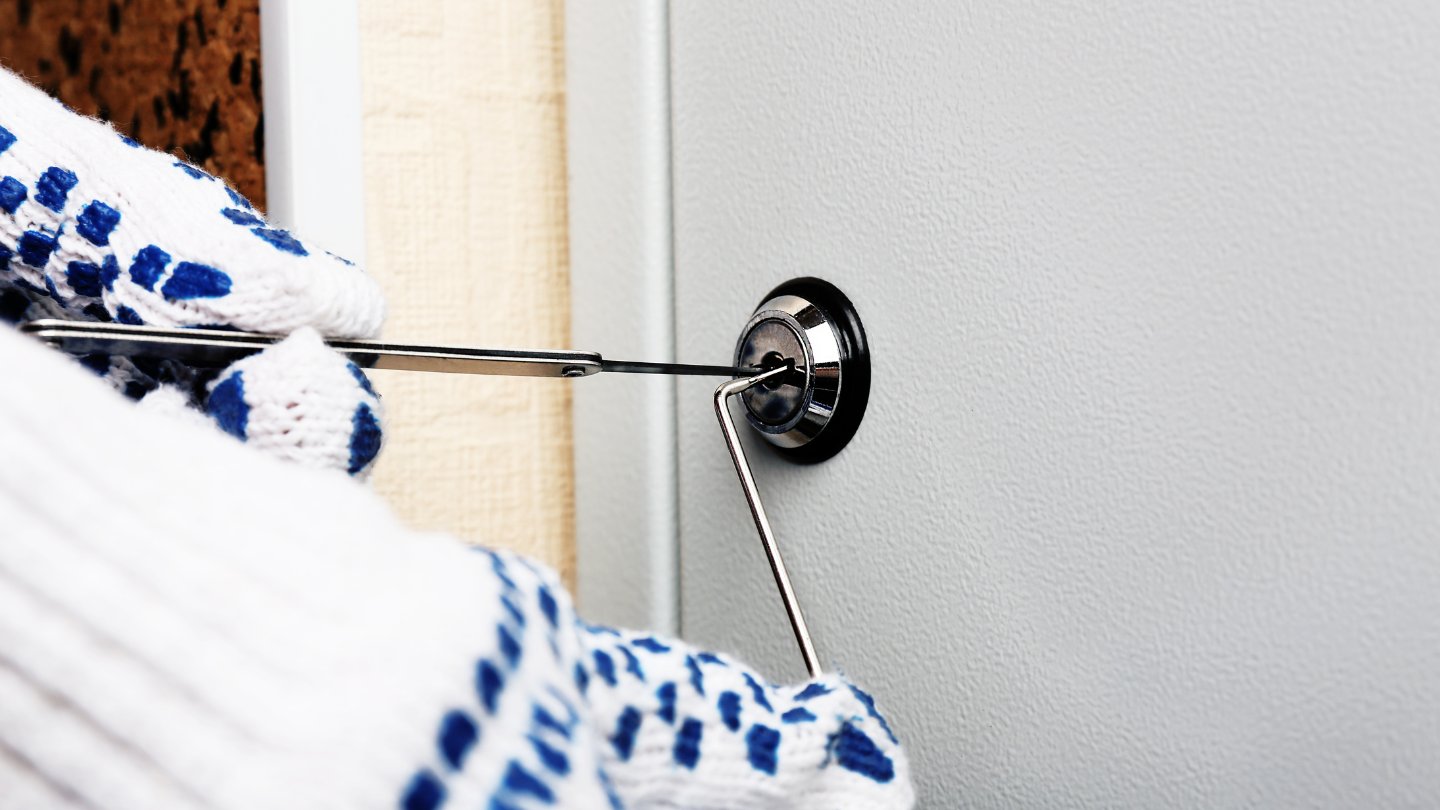
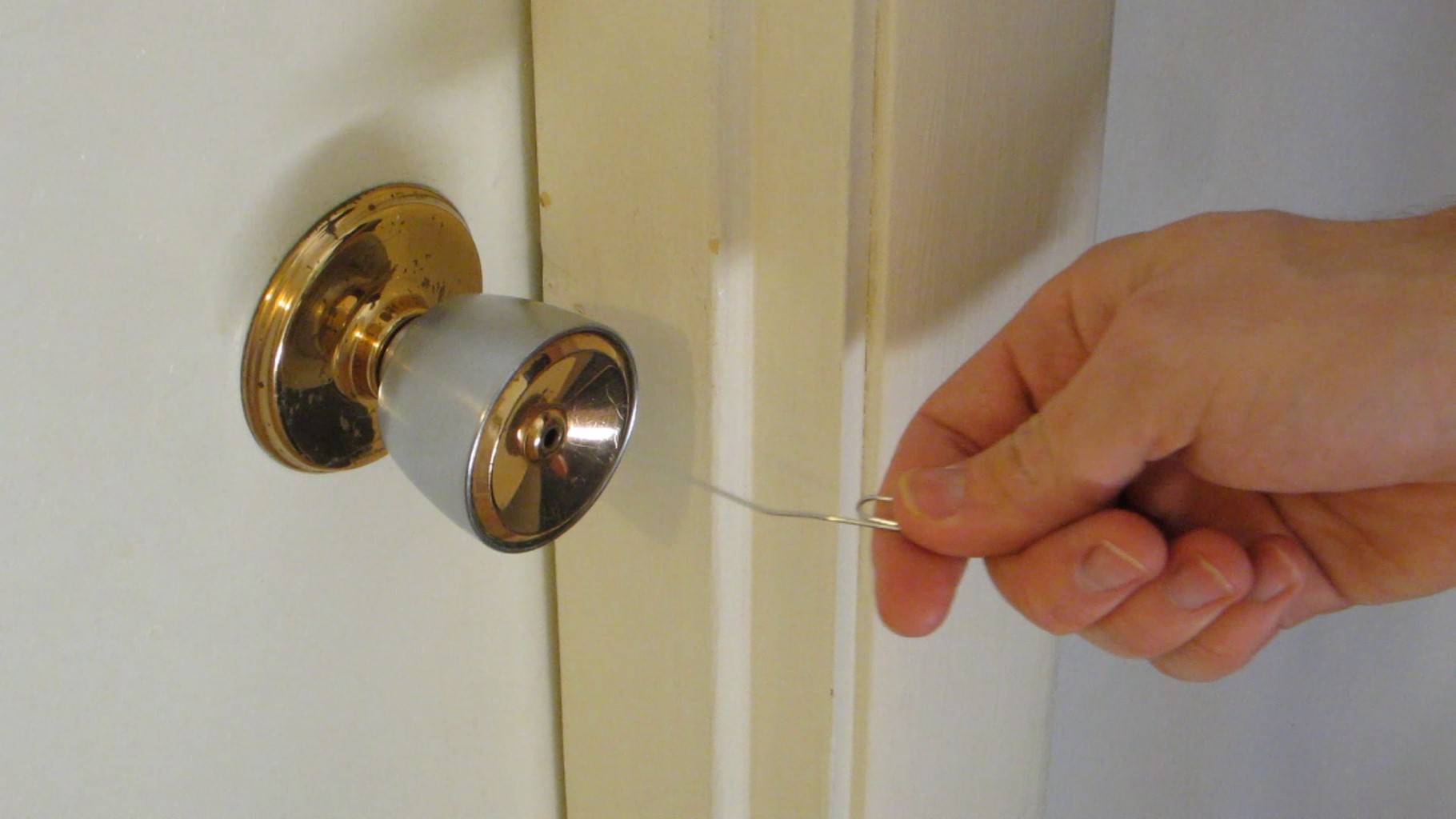

0 thoughts on “How To Pick A Lock On A Front Door”